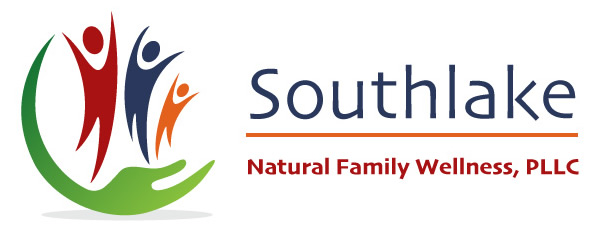What is Acupuncture?
Acupuncture is based on ancient Chinese theories of the flow of Qi (Energy/Oxygen) and Xue (Blood) through channels or meridians that run throughout the body very similar to the nervous and circulatory system. Acupuncture itself is the insertion of fine needles into the body at specific points that lay on these meridians. These points have been proven effective throughout time for specific problems or diseases. In acupuncture, there are no side effects. It is merely a tool to allow the body to heal itself.
Does it hurt?
Most people feel nothing, an Acupuncture needle cannot be compared to a syringe needle at all. Syringe needles are quite large, are hollow (to pull liquids in and out of the body) and are administered into arteries. Acupuncture needles are solid and as thin as one piece of hair. In Acupuncture, we administer needles with caution, avoiding arteries and nerves. Acupuncture is mostly painless, but since a stimulus needs to be obtained, you may feel a heaviness, distention, tingling or electrical sensation around the needle or traveling up and down the meridian. Any kind of discomfort that is made from the stimulation of the needle disappears in seconds.
Are the needles clean?
Acupuncture needles are pre-sterilized, individually packaged and disposable. Thus assuring there is no transmission of communicable disease from patient to patient.
How does Acupuncture work?
In Chinese Medicine, each organ has a set of symptoms (ie. headaches, insomnia, anxiety, low energy, etc) that will manifest when that organ is “out of balance”. Each organ also has a meridian or pathway. Acupuncture is the insertion of fine needles along pathways that send a signal back to the organ rebalancing it. When the organ is back into balance, the symptoms disappear.
How many treatments do I need?
That depends upon the duration, severity and nature of each individual’s complaint. Generally three to fifteen treatments are adequate for the majority of illness. Acute conditions may require only a single treatment and some chronic issues may require a whole series of treatments.





